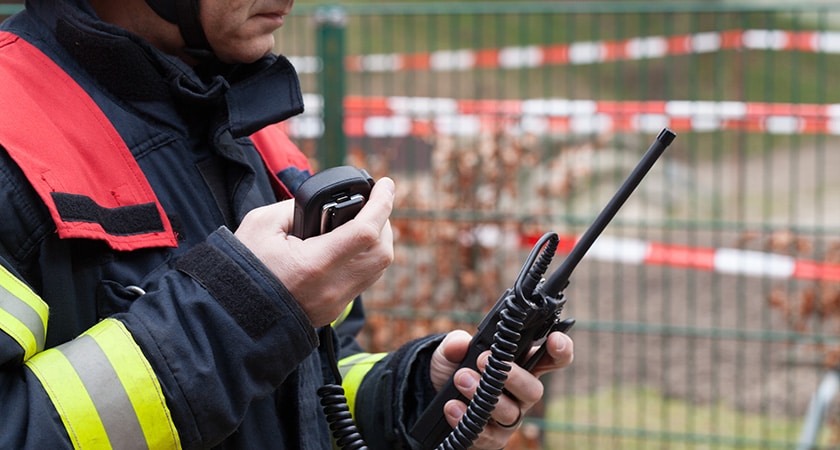
On April 28, Spain experienced an unprecedented power outage that paralyzed numerous essential services, including the telephone networks of all mobile and landline operators in the country. For several hours, millions of citizens were left without communication, unable to make calls, send messages, or access the Internet.
Amid this widespread collapse, while commercial lines went down one after another, critical communication networks continued to operate, allowing emergency services — police, firefighters, civil protection, and healthcare services — to maintain coordination, response, and, ultimately, the safety and care of all citizens. Without these infrastructures, managing the blackout could have escalated into an even greater crisis.
This event highlights that a country’s resilience largely depends on its critical communication systems. It is in situations like these that the need for reliable, available communications that ensure continuity of public services becomes evident.
It’s not just about having coverage; it’s about having a robust infrastructure, separate from commercial networks, capable of operating in extreme situations and designed to withstand power outages, traffic overload, and cyberattacks.
THE CASE OF THE ARAGÓN NETWORK
The Unified Emergency Communications Network of Aragón is a critical communications system based on TETRA digital radio technology, designed to ensure interoperability and proper operation of all emergency services in the autonomous community where Teltronic is headquartered.
Teltronic (in a joint venture with Telefónica) completed its deployment in 2023, incorporating the most cutting-edge technology in critical communications. Operated by AST (Aragonesa de Servicios Telemáticos), its goal is to ensure that essential services remain operational, even when everything else fails. Its design includes redundancy and enhanced energy backup elements to guarantee its continuous operation.

On the day of the blackout, traffic on the network increased significantly, with the number of calls handled multiplying by 15 compared to the previous day. Likewise, due to the increased number of deployed personnel, terminal registrations nearly quadrupled.
The network was pushed to its limits and remained fully operational at all times across the entire Aragón region. This was possible thanks to the control nodes (both main and backup) being housed in AST facilities equipped with generators, as are the various network node centers. Additionally, base stations are equipped with backup batteries (ensuring over 24 hours of autonomy), and in some locations, they can even be powered by solar panels.
In this regard, it’s worth highlighting the importance of Teltronic’s TETRA base station, the MCBS, which consumes three times less power than cabinet-installed units. As it can be installed outdoors, it also doesn’t require cooling elements, allowing it to operate longer on battery power alone.
All of this ensured the continued operation of services such as 112 Aragón (Civil Protection) and 061 (Health Emergencies), among others. Additional radio terminals were even delivered to Government of Aragón services involved in emergency management, given the inability to communicate through operator networks.
A NECESSARY INVESTMENT
This blackout — along with other unfortunate events that have affected Spain in recent times — has made it clear that critical communications are not a luxury: they are the invisible lifeline that guides an ambulance paramedic, connects a firefighter with their team, or links the police to command centers in moments when every second counts.
The blackout was a tough test successfully passed by these communication infrastructures, which are designed not to fail. Now more than ever, it’s time to recognize their value, strengthen their development, and ensure they receive the institutional and budgetary support they deserve.
As technology evolves, it is essential to equip emergency response and public safety agencies with the best tools to carry out their work with maximum safety and efficiency.


